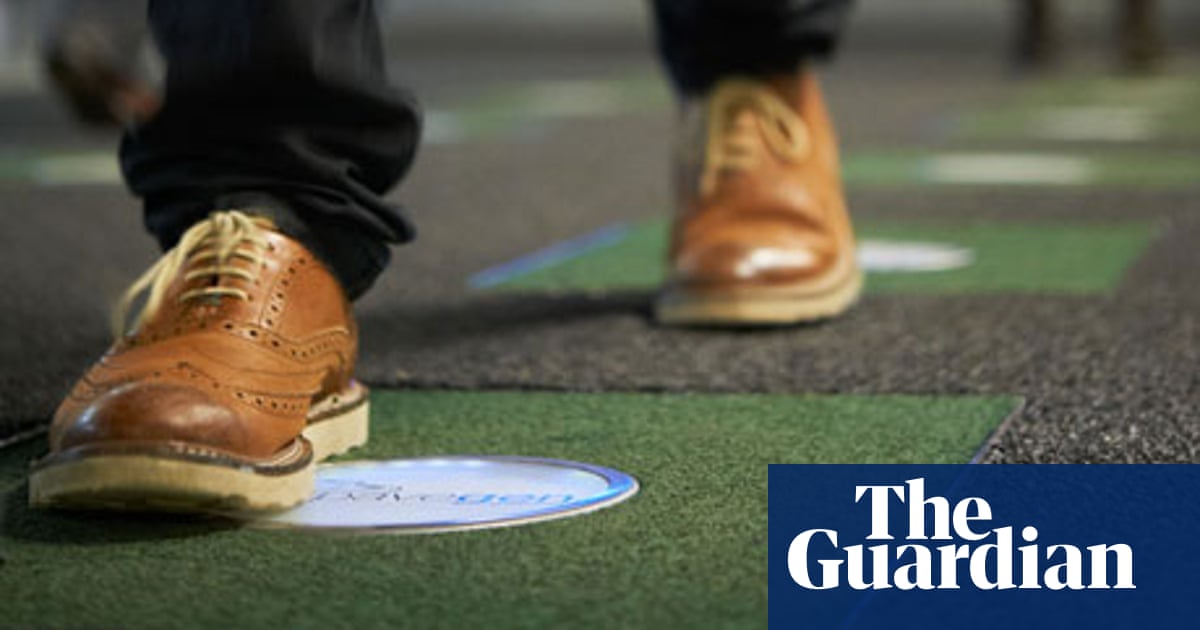Durable and simple to install the floor tiles help to capture 5w of energy for every footstep that is taken on them.
Floor tiles in england turn kinetic energy into electricity.
The tiles are a kind of kinetic energy recovery system.
It s a series of special tiles with led lights in the center of each.
Using distancing grids between the kinetic tiles we kan set up any floor to fit the compliance rules.
Essentially the tile surface flexes about five millimetres when stepped on which creates kinetic energy that is then converted to produce an average of six watts per footstep.
My idea was a floor tile that would convert the kinetic energy from a footstep into electricity he says.
We use the generated electricity on the spot to power the floor s infinity led lights.
This can then be captured for lighting areas.
But in one hallway there s something new on the ground.
The tile flex slightly when stepped on to turn human power into energy.
Tile size is 75x75x20.
Designed by the uk based technology company pavegen these floor tiles are intended to convert kinetic energy into electricity for a variety of different infrastructure uses.
This is not science fiction a french company called wattway is working on solar roads that could soak up the sun s energy 90 of the day.
Branding is a standard feature.
A kinetic floor tile that also housed a bendable solar panel could be 66 as efficient as a standard solar panel but could also continue generating electricity when the sun went down.
This kinetic energy is directly converted into electricity.
Most of that energy is wasted just dissipating into the floor tiles.
We ve seen these before in race cars and buses but where recovery systems in automobiles convert the kinetic energy normally lost in.
Each floor module can produce up to 35 wp of sustained output.
With pavegen s kinetic technology footsteps can provide engaging clean energy generating experiences to power off grid bespoke applications such as lighting and environmental monitoring across a wide range of sectors.
Every time someone steps on the tile they generate seven watts of power.
Designed for use in in high foot traffic areas the tiles convert the kinetic energy from footsteps of pedestrians into renewable electricity which can be stored in a lithium polymer battery or.
What we do.
Through this process the floor interacts with the public and involves them in a unique and interactive energy experience.





























